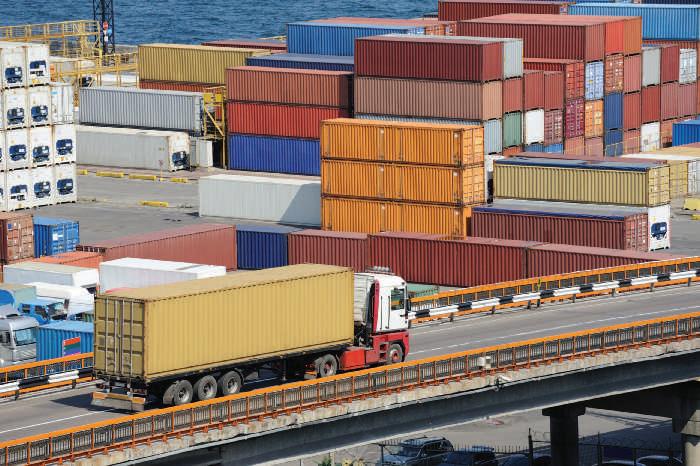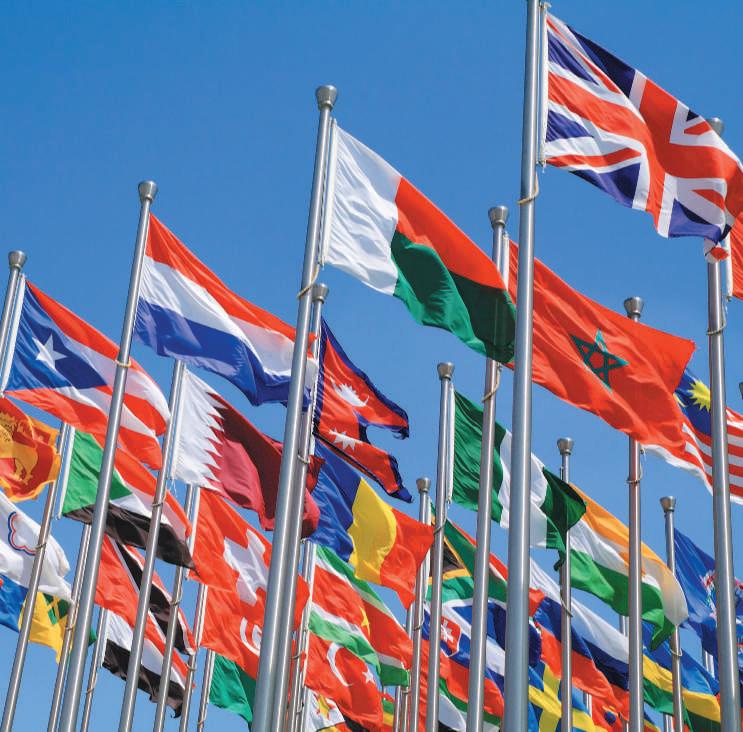D e v elo p i n g t h e I n t e r n a t i o n a l P r omo t i o n M i x
299
Radio is an effective medium in countries such as the Philippines where television set ownership is low, and a large percentage of the population lives in rural areas distant from major cities. Residents of some countries are very avid readers of newspapers. In China, for example, men gather daily in tea shops, share various newspapers with each other, and discuss the news. Some business newspapers, such as the Wall Street Journal, have different editions for different parts of the world (Europe and Asia). One major advantage of newspaper ads is that they have a low cost per contact. Magazines can be directed to consumers and business audiences and are directed to more focused markets than newspapers. While some magazines for business audiences are general in nature (Forbes, Fortune, and BusinessWeek), others are targeted to specific industries (vertical publications) or to specific jobs existing in a number of industries (horizontal publications). Direct mail is the most focused of advertising media; it can be directed to very specific target markets, like retirees over 70 years of age who live on the Costa del Sol in southern Spain. Savvy marketers, like PepsiCo, Unilever, and Cadbury have developed a unique way to reach India’s 833 million people who live in rural areas and have limited access to cable television and newspapers. They are contacting this market via cell phone calls. Unilever, for example, has a 15-minute call, free to subscribers, that provides Bollywood music and jokes—as well as four ads for the company’s products.21 Personal selling is considered a very effective method to generate sales in international markets, especially with business audiences. Because it involves direct, face-to-face contact with foreign business persons, it encourages active participation and feedback from the prospects in the selling process. One disadvantage of personal selling is its high cost per contact: By some estimates, a sales call on an international prospect may have an average cost of $2,000. One major decision that sales managers must make is whether to use expatriates or locals as sales personnel. Vivek Gupta, who lives in a Delhi, India, suburb with his wife and two children, is an example of the latter. A graduate of an engineering college in India, Mr. Gupta works as a sales rep for IBM in India. One of his biggest sales involved convincing the telecommunications company, Vodafone, to allow IBM to handle everything from its customer service to finances—a $600 million contract.22
12-4b Sales Promotion Contests and sweepstakes, coupons, end-aisle displays in stores, sponsorships, and trade shows are examples of the most widely used sales promotion techniques in foreign markets. In the United States, companies spend approximately twice as much on sales promotion as on advertising. A similar pattern is occurring in other developed countries. Several reasons explain the increasing popularity of sales promotion. Perhaps most significant, sales promotion can produce tangible benefits (such as increased sales dollars) in short periods of time. Because brand managers tend to be compensated for results achieved in the short term, they favor sales promotion over advertising because the results from an advertising campaign are often more difficult to measure and may take several years to be realized. Sponsorships are increasingly important. In the United States, Anheuser-Busch, PepsiCo, General Motors, Coca-Cola, McDonald’s, and Ford are some of the big spenders for sponsorships. European countries also have been placing more emphasis upon sponsorships, which has become more apparent in sports, such as soccer and automobile racing. However, the financial and credit crisis that began in late 2008 has led to many companies trimming their sponsorship budgets. Trade shows are an extremely popular tool for marketing products in foreign countries, especially in Europe and Asia. Hong Kong recently added millions of additional square feet
vertical publications
magazine that targets specific industries
horizontal publications magazine that targets a specific job in various industries
Copyright 2017 Cengage Learning. All Rights Reserved. May not be copied, scanned, or duplicated, in whole or in part. Due to electronic rights, some third party content may be suppressed from the eBook and/or eChapter(s). Editorial review has deemed that any suppressed content does not materially affect the overall learning experience. Cengage Learning reserves the right to remove additional content at any time if subsequent rights restrictions require it.







































